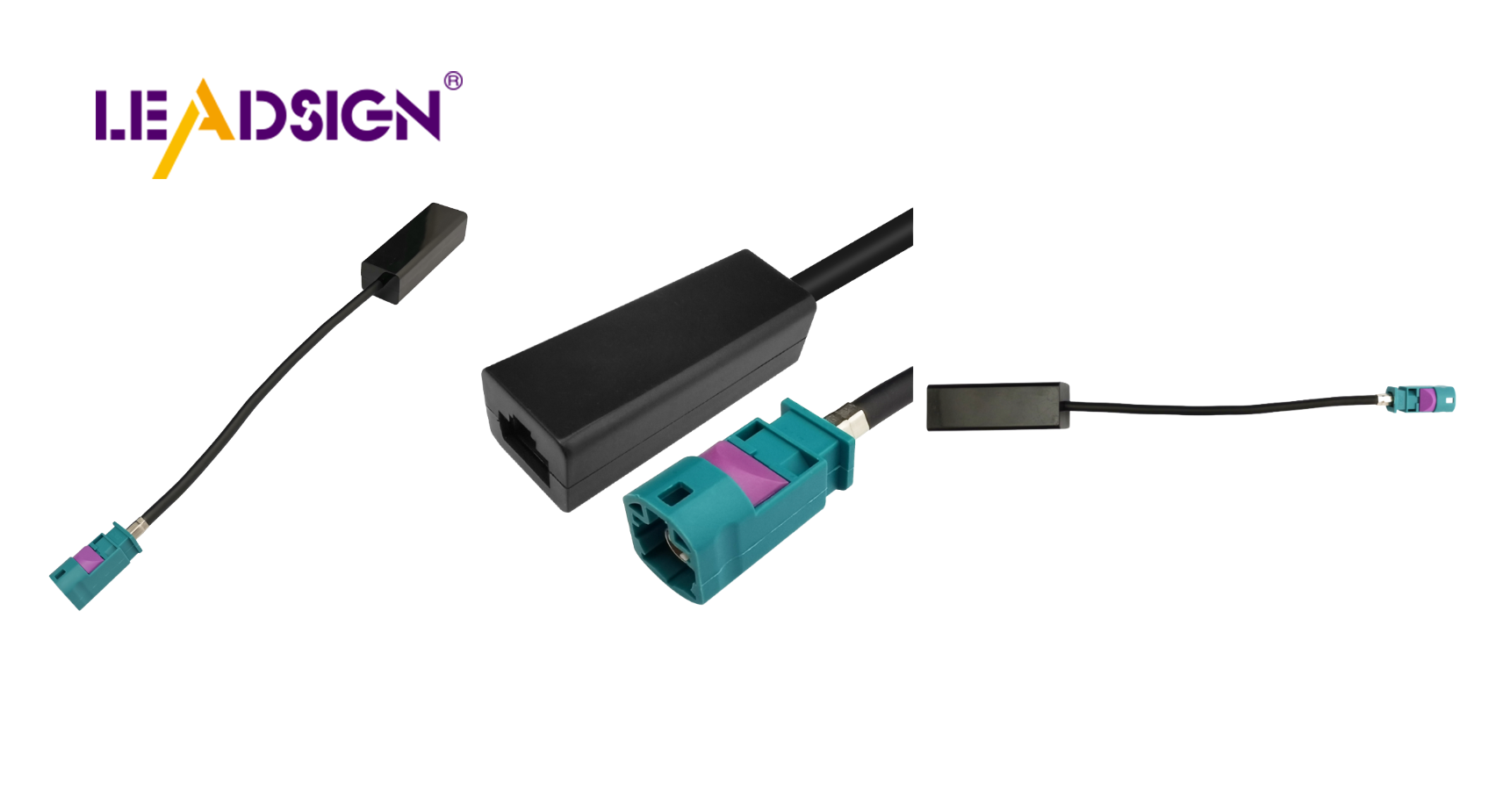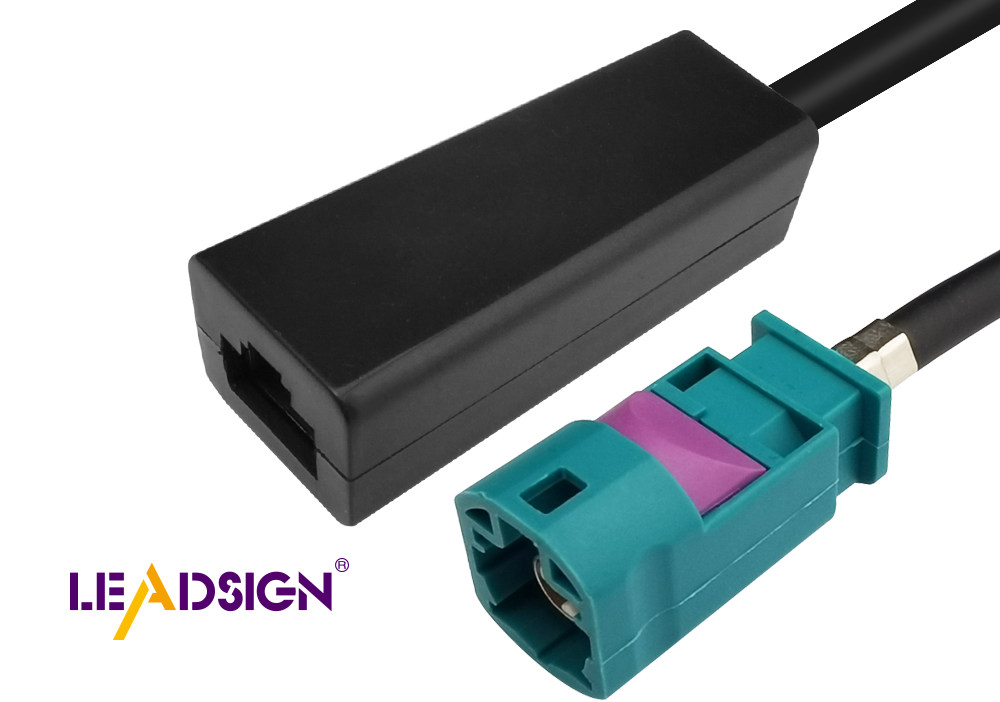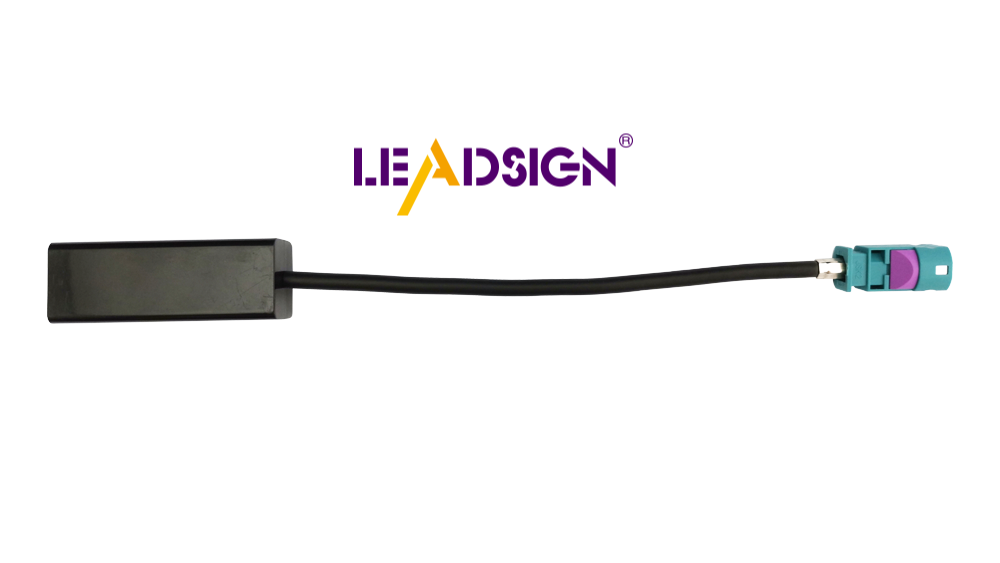RJ45 Coaxial Cable: Fast and Reliable Connections

In networking, picking the right cable is important. It helps make fast and steady connections. RJ45 coaxial cables are key in this field. RJ45 connectors are known for speed. They are used in Ethernet networks today. They work with things like fast modems and big computer networks. Coaxial cables can send data at 10 to over 100 Mbps. They are good for using old setups to send data. Choosing the right cable boosts your network's performance. It makes sure data moves smoothly and quickly.
Understanding RJ45 Cables

What are RJ45 Cables?
RJ45 cables are common in homes and offices. They connect devices to networks. An RJ45 cable has an RJ45 connector on each end. These fit into Ethernet ports on computers, routers, and switches. The cable has four twisted copper wire pairs. These wires cut down interference for a stable connection. RJ45 coaxial cables support fast data transfer. This makes them popular for home and business networks.
Typical Uses of RJ45 Cables
RJ45 cables have many uses in networking. They link computers to routers or switches in LANs. They also connect modems to routers for internet access. In offices, they link computers to share printers and files. In data centers, they connect servers and storage devices. Their versatility makes them key in modern networks.
How RJ45 Cables Ensure Fast and Reliable Connections
RJ45 coaxial cables offer fast, reliable connections. Twisted pair design cuts electromagnetic interference, keeping data safe. This lets cables support speeds up to 10GbE based on quality and setup. For example, Cat5 cables, a type of RJ45 cable, can reach 100Mbps speeds but can hit gigabit speeds with better quality over short distances. The connectors ensure secure connections, reducing data loss risk. Using these cables helps your network run smoothly with few disruptions.
Understanding Coaxial Cables

What are Coaxial Cables?
Coaxial cables, or coax cables, send radio signals. They have a center wire, an insulating layer, a metal shield, and another insulating layer outside. This setup cuts down signal noise. It makes them great for long-distance data sending. You might see types like RG6, RG-174, and RG11. Each type is made for different jobs based on how they are built.
Common Applications of Coaxial Cables
Coaxial cables are used in many ways because they work well and last long. Here are some uses:
Television and Satellite Services: Coax cables like RG6 connect TVs to satellite dishes and cable boxes. They give clear sound and pictures.
Internet Connections: Many internet companies use coax cables to bring fast internet to homes and offices. They handle lots of data easily.
Security Systems: In CCTV setups, coax cables like Quad Shielded Plenum keep signals strong over long distances.
HDTV Networks: Coax cables like the Siamese Coaxial Cable support high-def video in HDTV networks.
Role of Coaxial Cables in Reliable Connections
Coaxial cables help make sure connections stay strong in many uses. Their special build stops electronic noise from messing up signals. This is key where many gadgets can cause problems. By using these cables, you get steady data flow whether setting up home theaters or getting online.
Compared to other wires like the RJ45 coaxial cable, coax has its own strengths. RJ45 is best for Ethernet networks, while coax works well for far-away signal sending without losing quality. Knowing these helps pick the right cable for your setup so everything runs fast and smooth.
Comparing RJ45 and Coaxial Cables
When making a network, you might think about the differences between RJ45 coaxial cables and coaxial cables. Knowing these helps pick the right one for your needs.
Key Differences
Speed: RJ45 coaxial cables are very fast. They are made for quick data sharing, perfect for Ethernet links. Coaxial cables are slower than RJ45 but have high bandwidth, good for sending lots of data over old setups.
Distance: Coaxial cables work well over long distances. They keep signals strong far away without losing much quality. RJ45 coaxial cables, while speedy, are better for short distances in local networks.
Interference: Coaxial cables have a strong build that cuts signal noise. This makes them reliable where many devices are around. RJ45 coaxial cables also lower noise with twisted pairs, but coax is better at blocking outside sounds.
Applications: RJ45 coaxial cables mainly link computers, routers, and switches in Ethernet networks. Coaxial cables are used in TV, satellite services, and internet connections where sending signals far is key.
Similarities in Speed and Reliability
Even with their differences, both cable types share some things:
Reliability: Both ensure steady connections. RJ45 coaxial cables use twisted wires to cut noise; coax uses metal shields to do this too. This keeps data moving smoothly.
Versatility: You can use both types in many ways. While RJ45 is common in networking, coax works with internet, TV, and security systems too.
Ease of Use: Setting up either type is simple. RJ45 fits into Ethernet ports easily; coax connects well to modems and TVs.
Choosing between them depends on what you need most. If speed and short-range networking matter more, go with RJ45 coaxials. For long-distance strength and high bandwidth, choose coaxes instead. Knowing these helps make smart choices for your network setup.
Setting Up RJ45 Connections
Easy Steps for Best Performance
Setting up RJ45 connections can make your network faster and more reliable. Follow these simple steps to get the best performance:
Get Your Tools and Materials: You need an RJ45 coaxial cable, a crimping tool, and RJ45 connectors. Have a cable tester ready to check the connection.
Measure and Cut the Cable: Decide how long you want the cable. Use a cutter to cut it cleanly to that length.
Strip the Cable: Take off about 1 inch of the outer jacket from each end with a stripper. Be careful not to hurt the inside wires.
Arrange the Wires: Inside, there are four twisted wire pairs. Untwist them and line them up like this: orange-white, orange, green-white, blue, blue-white, green, brown-white, brown.
Trim the Wires: Make sure all wires are even and about half an inch long so they fit well into the connector.
Put Wires in Connector: Hold the connector with clip away from you. Slide each wire into its right slot in the connector.
Crimp the Connector: Put it in crimping tool and squeeze tight to lock wires in place for a strong connection.
Test Connection: Use tester to check if everything works right by plugging both ends of cable into it.
Connect Devices: After testing, connect one end to router or switch; other end goes to your device securely.
Watch Performance: Keep an eye on how well your network works after setup; fix any problems if needed.
By doing these steps, you can have fast and steady RJ45 connections that work great! Proper setup means less data loss and better network efficiency.
Setting Up Coaxial Connections
Simple Guide for Strong Connections
Setting up coaxial connections right keeps your network steady. Follow these easy steps:
Get Your Tools and Materials: You need a coaxial cable, stripper, connectors (like F-type), and crimping tool. A tester checks the connection.
Pick the Right Cable: Choose the best coaxial cable for your use. RG6 is good for TV and internet. RG11 works well over long distances, up to 400 feet.
Measure and Cut the Cable: Decide how long you want it. Use a cutter to make sure it's not too short or long.
Strip the Cable: Take off about 1 inch of the outer layer with a stripper. Be careful not to hurt inside parts.
Attach the Connector: Slide connector on stripped end of cable. Make sure center wire sticks out a bit. Crimp it tight with tool.
Test the Connection: Use tester to check if everything's okay before finishing setup.
Connect Devices: Hook one end of cable to source like antenna; other end goes to device.
Check Often: Look at connections now and then to keep them safe from harm.
Expert Tip: Good stripping, connecting, and checking help keep coaxial cables working well.
By doing these steps, you set up strong coaxial connections that work great! Proper setup means clear signals and smooth data flow.
RJ45 and coaxial cables help networks work fast and well. Picking the right cable is important for good network performance. RJ45 cables are great for Ethernet networks. Coaxial cables are best for sending data far away. Using setup tips can improve your network a lot. Taking care of cables keeps the network strong and working well. Knowing these things helps you choose wisely to keep your network smooth.
See Also
Exploring the Versatile Advantages of FAKRA Connectors
Harnessing the Strength of FAKRA Coaxial Connectors
Why FAKRA Coaxial Cables Matter in Automotive Use

